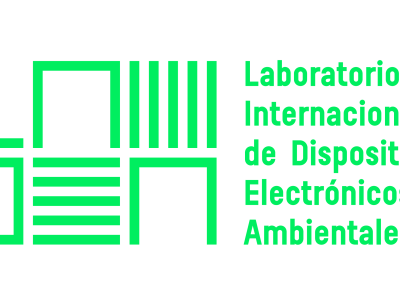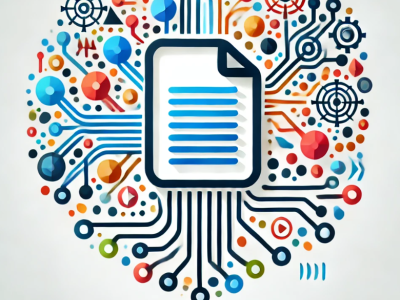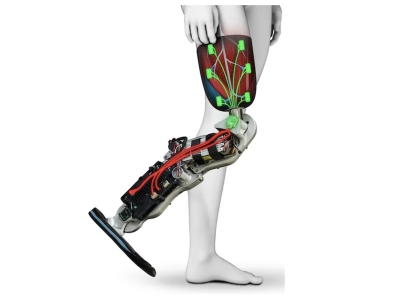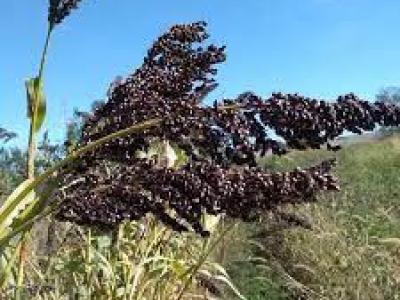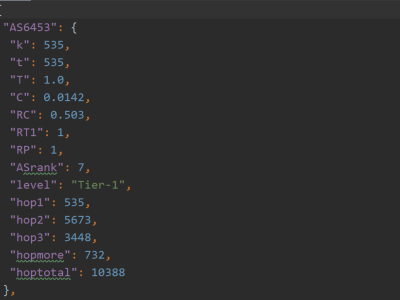
The Travel Recommendation Dataset is a comprehensive dataset designed for building and evaluating conversational recommendation systems in the travel domain. It includes detailed information about users, destinations, and ratings, enabling researchers and developers to create personalized travel recommendation models. The dataset supports use cases such as personalizing travel recommendations, analyzing user behavior, and training machine learning models for recommendation tasks.
- Categories:
